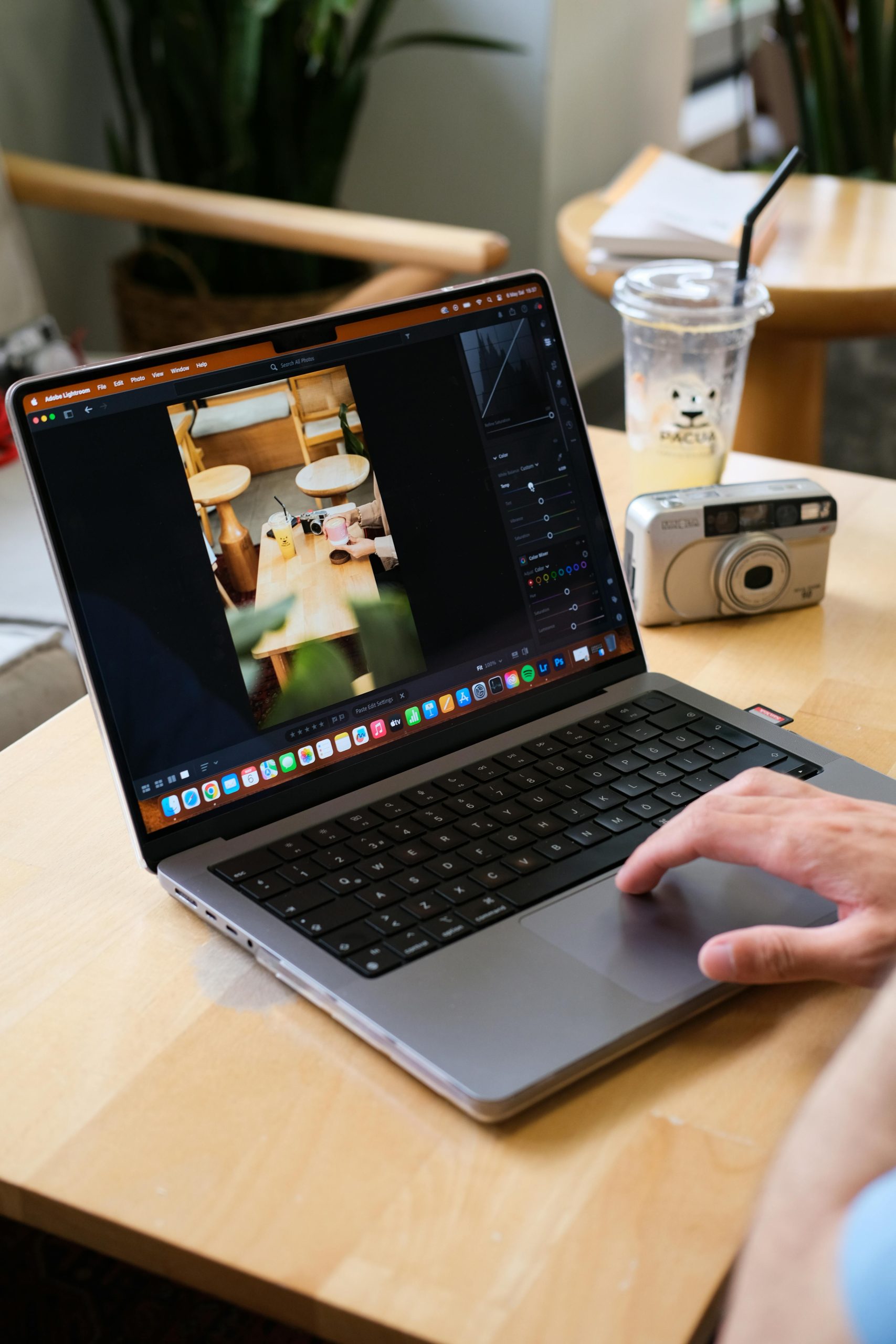Is My MacBook Beyond Repair? Diagnosing Boot Issues
If you’ve encountered problems with your MacBook booting up and noticed symptoms like a blinking, tearing screen, you’re not alone. Many users experience similar issues, which can be frustrating and concerning. Recently, I faced a situation where my MacBook struggled to start. At times, it would boot up, but the operating system interface appeared to flicker unnaturally.
This situation raises an important question: Could the underlying issue be hardware-related? One common suspect in scenarios like this is faulty RAM. Memory problems can certainly lead to inconsistent performance and visual anomalies, but they aren’t the only potential culprits.
When troubleshooting boot problems and graphical glitches, it’s essential to consider all aspects. It might also be worthwhile to check for other hardware issues, such as a failing graphics card or even problems with the display itself. Software conflicts can also contribute to these symptoms, so it may be beneficial to investigate any recent updates or installations.
If you’re experiencing similar issues with your MacBook, take the time to explore these possibilities. Conducting a thorough diagnostic can often be the first step toward identifying the root cause and determining whether your device can be saved or if it’s time to consider other options.
Share this content:




Hi there,
Based on the symptoms you’ve described—such as a blinking or tearing screen during boot—it’s essential to methodically diagnose the issue. Here are some steps you can take:
If the problem persists after these steps, it might be a hardware failure requiring professional service. In particular, issues with graphics hardware or RAM often need replacement. Remember to back up your data